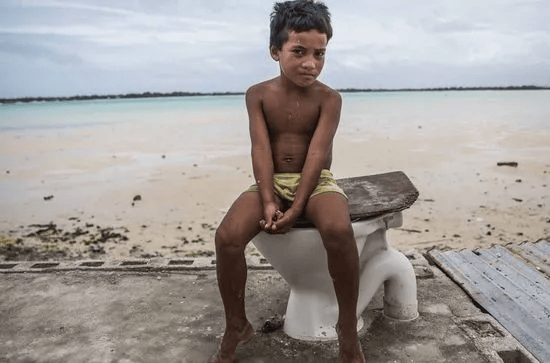
For a healthier world: safely managed sanitation
- Describe sanitation’s impact on health, economics, and the environment;
- Describe health risks along the sanitation chain;
- Recall the definitions for safely managed sanitation (SMS) at each step of the sanitation chain;
- Describe how to accelerate progress;
- Identify sanitation programming approaches to improve health impact;
- Recall how to embed definitions for safely managed sanitation in national targets, legislation, regulation, standards, and plans;
- Summarize how to access and use tools to assess the sanitation situation;
- Identify the role of the health sector in delivering sanitation;
- Identify where to find more WHO technical information and tools.
This course has four modules and is designed to help governments, development agencies, civil society partners, and others working with them, to achieve safely managed sanitation (SMS) for their populations. Through the four modules, we’ll look at the state of the world’s sanitation, the health rationale for safely managed sanitation, what can be done at the national level, and tools to help you work with SMS.
Safe sanitation systems are fundamental to protect public health. WHO supports capacity building and implementation through guidelines and tools on sanitation and health, safe use of wastewater and safe recreational water environments, using risk assessment to identify, prioritize, manage and monitor coordinated action to protect public health. However, the world is alarmingly off-track to deliver Sustainable Development Goal (SDG) Target 6.2, where Member States committed to achieve universal access to safe sanitation for everyone, everywhere by 2030.
In fact, the rate at which sanitation coverage is increasing will need to quadruple globally if the world is to achieve the SDG sanitation targets. To eliminate inequalities progress must move four times faster in rural areas globally, five times faster in urban areas globally, nine times faster in fragile contexts, and 15 times faster in least developed countries. Overall, at current rates of progress, only 67 per cent will have safe sanitation services, leaving 2.8 billion without by 2030. Without universal access, the world will not claim the myriad health, environmental and socio-economic benefits that come from safely managed sanitation.
Approximate course duration: three hours.
Languages
This course is available in the following languages: English.
Photo credits: Sokhin / UNICEF
Assessment & Awards
You will receive a Confirmation of Participation upon completing all the modules in this course. Please note that this award does not serve as a professional qualification.
- Sanitation, hygiene and health practitioners
- Governments
- Development agencies
- Civil society organizations
- Anyone interested in supporting the effort to achieve safely managed sanitation for all.
Guidance note
The content of this course has been validated, verified, and is owned by the WHO Water Sanitation and Health unit. This course is not a WHO Academy co-produced course. In case of any concerns or feedback on the course content, please share your feedback in the survey form at the end of this course.
Browser and device compatibility
For the best experience, we recommend using the latest version of Chrome, Firefox, Safari, or Microsoft Edge to access the courses.
Produced by the WHO Water Sanitation and Health team.

